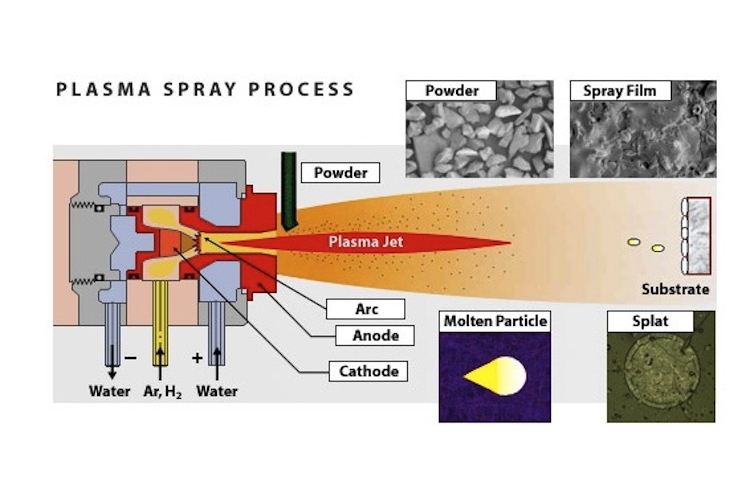 Demagnetization
is possible in different ways. One of the most common is to subject
the magnetized part to a magnetizing force that continually reverses
its direction while it is gradually decreasing in strength. As the
decreasing magnetizing force is applied, first in one direction and
then in the opposite direction, the residual magnetization of the
part is decreased. Generally, a high-intensity demagnetizer is used.
The demagnetization is most common but does not demagnetize as deep
or complete as a DC step down unit. This decreasing magnetization is
accomplished by smaller and smaller hysteresis loops created by the
application of decreasing current. A smaller and narrower loop shows
lower residual magnetism. All steels have a certain amount of
coercive force, making it extremely difficult if not impossible to
demagnetize them completely. The only way to completely demagnetize
some materials is to heat them to their Curie point or above. Under
normal conditions, a part is considered to be satisfactorily
demagnetized if, when checked with a field indicator, the magnetic
field is below minimum limits. The Code requires demagnetization when
the residual field in the part:
Demagnetization
is possible in different ways. One of the most common is to subject
the magnetized part to a magnetizing force that continually reverses
its direction while it is gradually decreasing in strength. As the
decreasing magnetizing force is applied, first in one direction and
then in the opposite direction, the residual magnetization of the
part is decreased. Generally, a high-intensity demagnetizer is used.
The demagnetization is most common but does not demagnetize as deep
or complete as a DC step down unit. This decreasing magnetization is
accomplished by smaller and smaller hysteresis loops created by the
application of decreasing current. A smaller and narrower loop shows
lower residual magnetism. All steels have a certain amount of
coercive force, making it extremely difficult if not impossible to
demagnetize them completely. The only way to completely demagnetize
some materials is to heat them to their Curie point or above. Under
normal conditions, a part is considered to be satisfactorily
demagnetized if, when checked with a field indicator, the magnetic
field is below minimum limits. The Code requires demagnetization when
the residual field in the part:
• Could
interfere with subsequent processing or usage such as machining
operations where chips will adhere to the surface of the part of the
tip of a tool may become magnetized from contact with the magnetized
part. Such chips involve in smooth cutting by the tool adversely
affecting both finish and tool life. Other reasons to demagnetize
would be in cases where residual magnetism:
• May
interfere with electric arc welding operations. Residual magnetic
fields may deflect the arc away from the point at which it should be
applied.
• May
interfere with the functioning of the part itself, after it is placed
into service. Magnetized tools, such as milling cutters, hobs, etc.,
may hold chips and cause rough surfaces, and may even be broken by
adherent chips at the cutting edge.
• Moving
parts, especially in the oil, may hold particles; for instance, on
balls or races of ball bearings, or gear teeth causing wear.
•capable
of holding particles that interfere with later applied coatings such
as plating or paint. Demagnetization may not be required where:
• Part
material is low carbon steel and has low retentivity.
• The
material consists of structural parts such as weldments, large
castings, boilers, etc., where the presence of a residual field would
have little or no effect on the proper performance of the part.
• The the part is to be subsequently processed or heat-treated and in the
process will become heated above its Curie point or about 770 °C
(1390°F) for steel.
• Apart
is to be subsequently re-magnetized in another direction to the same
or higher level at which it was originally magnetized as, for
example, between the steps of circular and longitudinal magnetizing,
for MT purposes.


